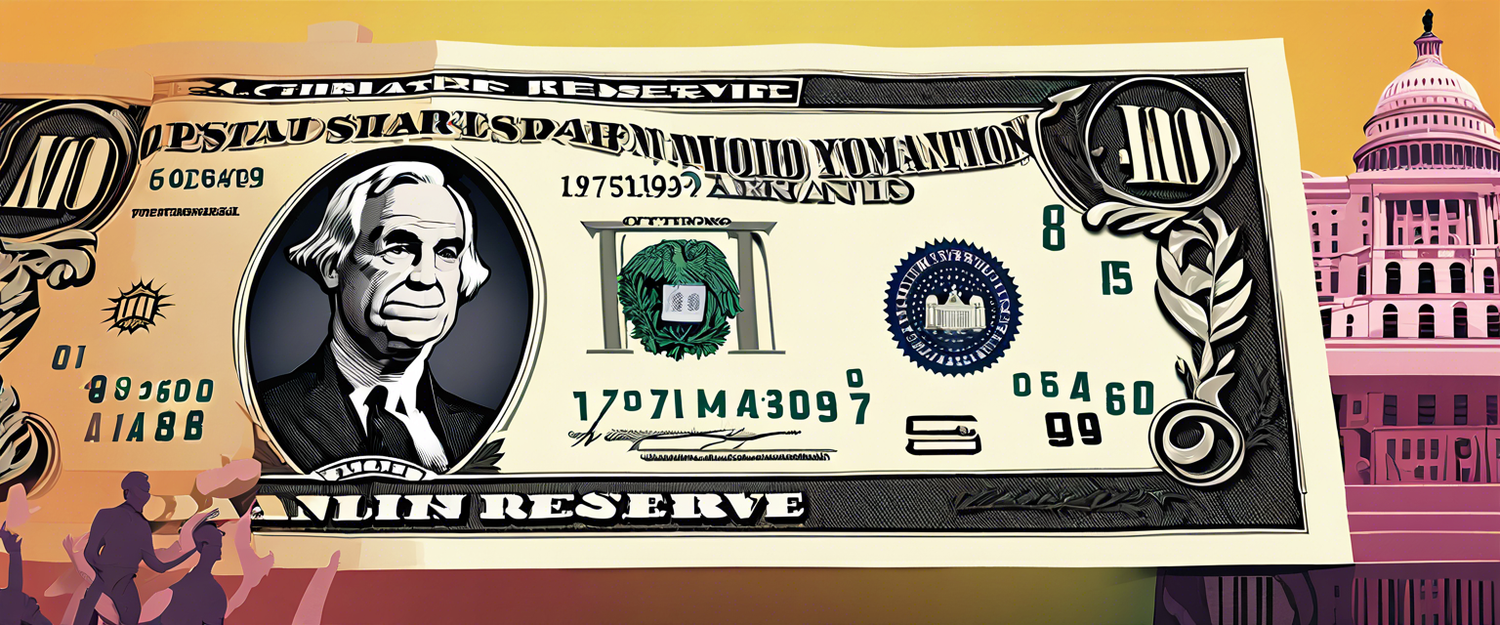Understanding the Federal Reserve's Balanced Approach to Inflation
The recent statements by Federal Reserve Governor Kugler have highlighted the delicate balance the central bank must strike between managing inflation and ensuring economic stability. As inflation continues to be a pressing issue, policymakers are faced with critical decisions that influence employment rates and overall economic growth.
The Need for a Balanced Approach
Kugler stressed the importance of adopting a 'balanced approach' in tackling inflation while safeguarding employment opportunities. This involves evaluating risks that could potentially impact the labor market negatively.
Implications of Rising Employment Risks
According to Kugler, if there are increasing downside risks to employment, there may be a justification for quicker cuts to interest rates. This proactive measure aims to mitigate potential drawbacks that could arise from sustained inflationary pressures.
Monitoring Inflation and Economic Indicators
Kugler emphasized the necessity of monitoring economic data closely. If forthcoming data does not provide assurance that inflation is trending towards the Federal Reserve's target of 2%, it might be prudent to decelerate the normalization process. The objective is to maintain a healthy economy while addressing inflationary challenges.
Conclusion
The Federal Reserve's strategy, as articulated by Governor Kugler, underscores the complexities of economic policymaking. A balanced approach that considers both inflation and employment is vital for fostering sustainable economic growth. As data continues to evolve, the Fed's adjustments to its interest rate strategy will play a critical role in shaping the economic landscape for the foreseeable future.



اترك تعليقًا
تخضع جميع التعليقات للإشراف قبل نشرها.
This site is protected by hCaptcha and the hCaptcha Privacy Policy and Terms of Service apply.